Skiing — should you give it up at 50?
The King has stopped, aged 76. Andy Murray, 37, was lucky not to do himself a serious injury. So when do the experts think skiers should quit?
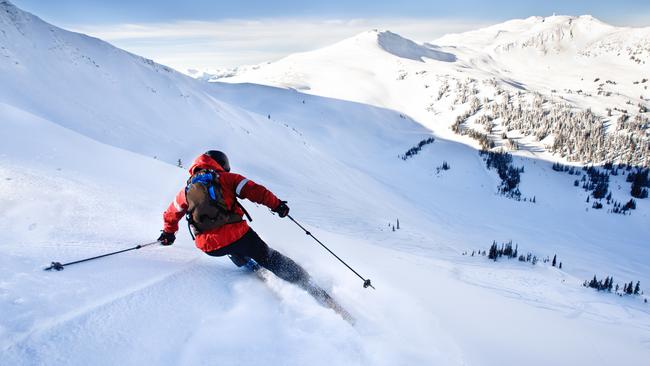
It’s presumably because of a rising risk of injury that, at 76, the King announced last week that his skiing days were over. Charles had been a regular visitor to the chic Swiss ski resort of Klosters for more than 40 years – but while he may have great experience, even the most athletic individuals can find that the sport presents challenges. Take the 37-year-old former tennis star Andy Murray, for instance, who recently revealed that he had to be rescued by a snowmobile from a ski slope during his first attempt at the sport.
“The first two days were shocking,” he admitted. “I couldn’t get off the ski lifts.” Then he got stuck on a steep piste. “I threw myself on the ground and started trying to go down on my arse, which I couldn’t really do.”
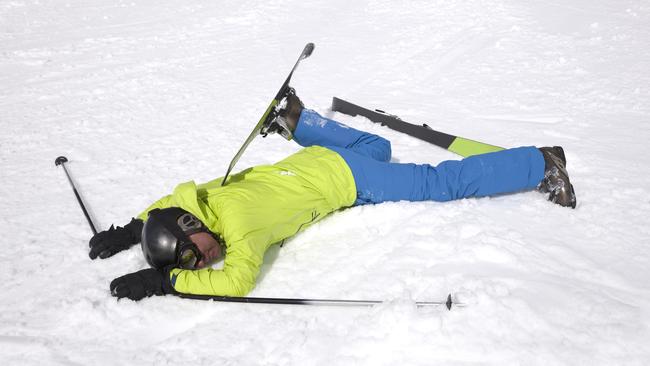
Murray avoided injury but the Systeme National d’Observation de la Securite en Montagne, an organisation that collates ski patrol reports in France, has reported that injuries have risen by an estimated 15 per cent since the 2017-8 season, while accidents often spike at this time of the season.
“This is a very busy time of year for us,” says Professor Ali Ghoz, an orthopaedic surgeon specialising in lower limb injuries at the London Clinic, the UK’s largest independent hospital. “From the start of a ski season I operate on twenty to thirty people who have injured themselves skiing and February is typically a peak time.”
So whether you’re a late learner or contemplating the end of your skiing days, here’s what the experts advise.
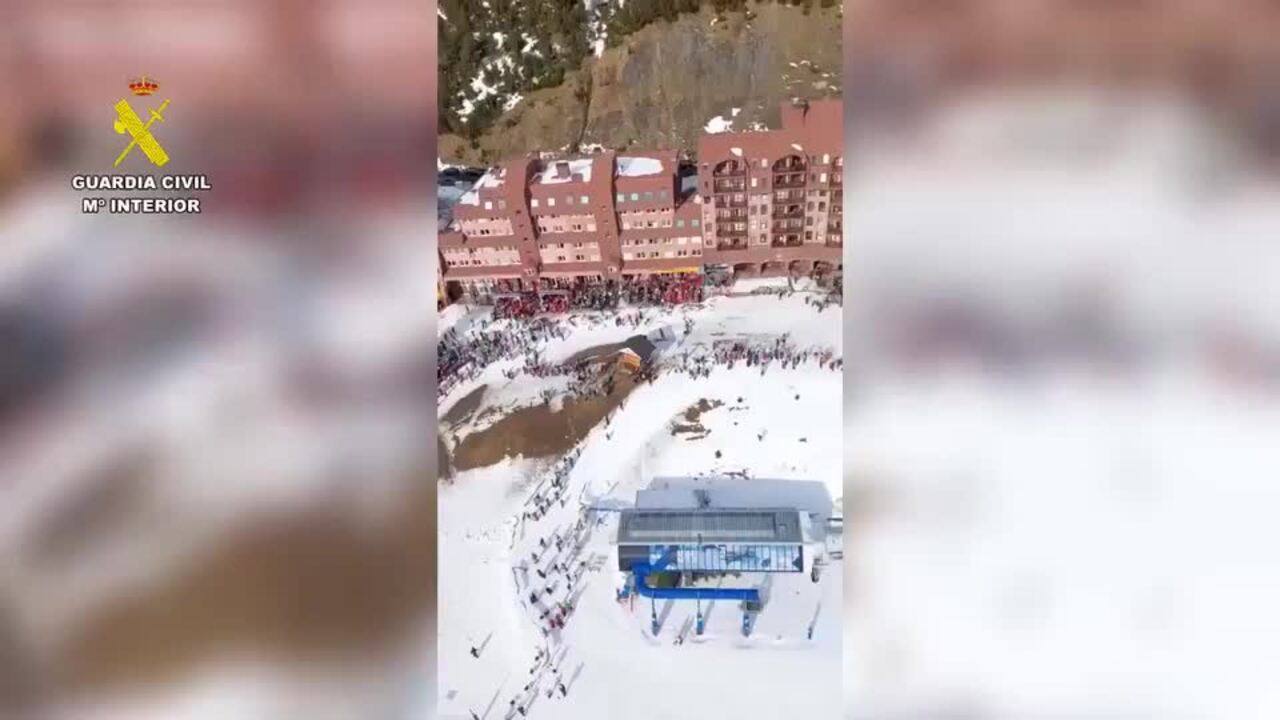
King Charles has quit at 76, so when should I stop skiing?
“In any sport, skiing included, the age-related changes with balance, reduced flexibility and loss of muscle mass can increase your risk of suffering injury,” says Richard Weiler, who has worked as a medical officer for Team GB at the Winter Olympics and is a consultant physician in sport, exercise and musculoskeletal medicine at the Fortius Clini in London. “But injuries after the age of 50 can also take much longer to recover from than when you are in your twenties or thirties.”
Ghoz says that a lot depends on the skier’s “physiological age” and that someone who keeps themselves strong and aerobically fit will be able to keep it up for longer. “It’s probably fine to keep skiing into your sixties if you are well conditioned and have no underlying medical issues,” he says. “But I would say that skiing beyond the early seventies carries too much risk for most people and is probably not advisable.”
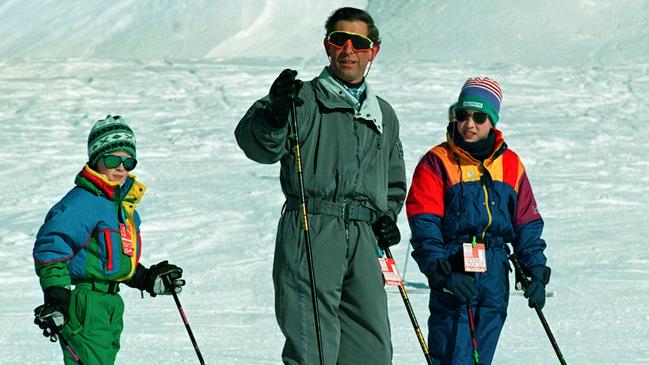
Stop skiing? I haven’t started! Am I too old to take it up?
The good news is that the experts think it’s possible to take up skiing even if you’re older than Andy Murray.
“I know people who have taken it up in their thirties to fifties,” says Paul Frankham, a Jersey-based physiotherapist who has worked with the US ski team. But he warns that “the older you are, the more important prehab and ski conditioning becomes. Ideally you should begin 4-6 weeks before you go.”
Your aim should be to strengthen the hamstrings, glutes and quads that provide stability for skiing. “Exercises such as single-leg squats, regular squats and lunges are an excellent way to strengthen the muscles that support the knee and protect against damage,” he says. “Isometric holds – exercises that involve the contraction of muscles without any movement in the surrounding joints – are also great for ski-specific muscle stamina.”
Do wall sits by leaning back against a wall with your torso and having your feet shoulder-width apart. Press back and slide down the wall until your thighs are parallel with the floor and knees are above your ankles and bent at right angles. Keep your head, shoulders and upper back against the wall and stay there for 30 seconds – or as long as it is comfortable.
I haven’t been skiing for years. Any advice on the kit I’ll need?
A common mistake is to overstate your ability in the ski hire shop. “Most Britons ski once or twice a year and many consider themselves to be advanced to intermediate level when they probably are not,” Frankham says.
High-tech skis don’t necessarily make people ski faster but can affect how easily you turn. A softer flex of ski will be more forgiving.
“Ask for a ski that is too advanced for your needs and the stiffness will make it tricky to execute turns if you are not a strong enough skier,” Frankham says. “The bindings might also be set differently and you want skis to pop off easily unless you are an advanced slalom skier.”
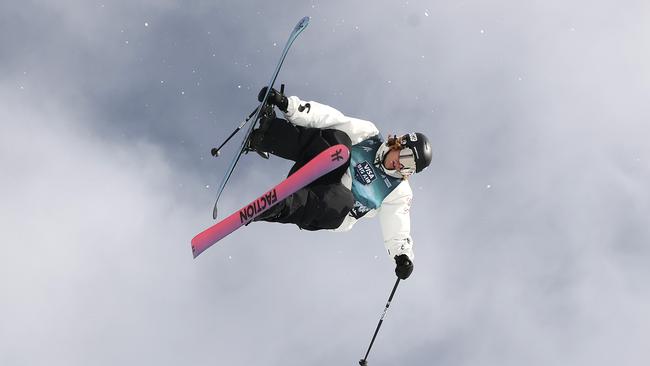
Is it compulsory to wear a helmet these days?
In most resorts they’re not mandatory for those over the age of 18. However, it does make sense to wear one, especially as you get older. “Snowboarders are generally more prone to head injuries than skiers,” Ghoz says. “But head injuries are a risk when skiers collide with objects, packed snow or other skiers.”
As a 2019 study of 721 skiers and snowboarders published in the Journal of Trauma and Acute Care Surgery shows, a helmet does not make you injury-proof. This, sadly, was the case for Michael Schumacher – in 2013 the Formula 1 champion received a severe brain injury in Meribel, France. While those in the study wearing a helmet were half as likely to suffer spine injuries and a third as likely to sustain a skull fracture or scalp laceration as people not wearing them, the helmeted participants were more likely to suffer severe injuries such as intracranial haemorrhage.
According to the researchers this data suggested that wearing a helmet led to greater risk-taking on the slopes and their findings underpinned the importance of safe skiing, regardless of helmet use. Make sure your helmet fits well – if it moves when you shake your head it’s too loose, but if it feels tight during the day you may need to go up a size. If you have your own helmet, replace it after any big falls in which impact occurs with the head, since protection will be reduced.
Are there any smartphone apps that make skiing safer?
Checking weather conditions is very important and apps such as On the Snow, which is free, provide precise snow reports and weather forecasts for up to ten days in advance across some 2,000 ski areas. However, beware of focusing too much on the data that some apps provide about distance covered and maximum speed. “In my experience the ski-tracking apps make people more competitive,” Weiler says. “This doesn’t mean you shouldn’t use them, but do so sensibly and don’t get caught up in competitive speeds that result in you losing control.”
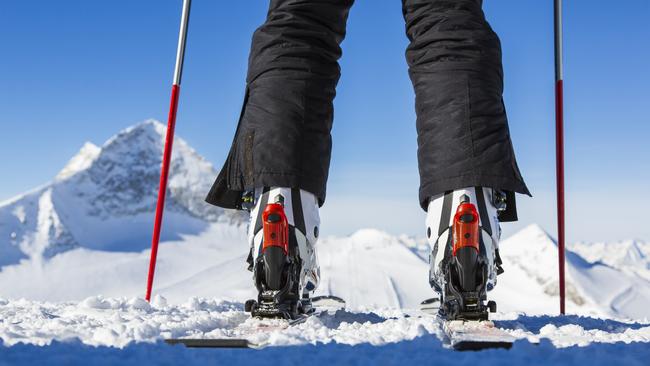
Should I do warm-up exercises?
According to Frankham, a ski-specific morning routine is one of the best measures you can take for injury prevention. “So many people neglect it, but taking 5-10 minutes to prepare your body with a warm-up before hitting the slopes is hugely beneficial,” he says. “A simple routine of forwards and backwards lunges, squats and a few multidirectional hops and jumps will do wonders for getting the body ready to ski.” At the end of a day’s skiing, aim to stretch out the muscles in your lower body.
What dangers should I be aware of on the slopes?
First, accidents are commonplace around ski lifts. Take extra care dismounting from large 4-6 person chairlifts. At least three of my friends have been badly injured getting off large chairlifts and my partner, an experienced skier, returned with a torn ACL (anterior cruciate ligament) and MCL (medial collateral ligament) after someone caught his ski getting off a six-person lift.
There are no rules for a safe dismount, Weiler says, but sensible advice is to stay on the right outside section of a chairlift that turns left at its zenith, which allows you to turn sharp right if other skiers fall in front of you. Try not to get boxed in the middle seats of a large chairlift, which limits your exit options.
Once on the piste itself, look around you – the biggest danger may be other people. Overcrowded resorts coupled with a reckless appetite for speed from beginners to experienced skiers is a recipe for accidents to happen.
If you can’t avoid the crowds, do familiarise yourself with the resort’s code of conduct on the slopes, which will adhere closely to that outlined by the International Ski and Snowboard Federation. “When traffic is busy on the slopes, you need to stick to rules such as looking uphill before setting off and remembering that skiers in front of you have the right of way,” Frankham says. “Overtake other people carefully and look out for snowboarders who might take a different line down the piste to skiers.”
But it’s not just other people you need to worry about – nobody wants to be the Terry Sanderson in a Gwyneth Paltrow scenario. The retired optometrist was 69 in 2016 when he collided with the Hollywood actress at Deer Valley Resort in Utah, and, having sued Paltrow, was found by a jury to have been “100 per cent” at fault.
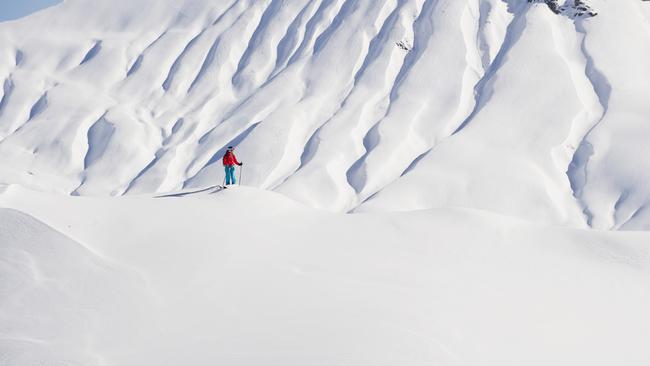
How should I pace myself?
Fatigue is one of the main underlying causes of ski accidents, Weiler says. With British skiers typically heading to European resorts on a Friday or Saturday, and hitting the slopes at some point over that first weekend, they are invariably getting tired legs 3-4 days later. “A lot of injuries to people who ski once or twice a year occur midweek of a week-long holiday,” Weiler says. “Assess how tired you are feeling on a daily basis and come down early before the snow conditions deteriorate or take an afternoon off after a couple of days to allow yourself time to refresh.”
I’m an experienced skier – is it OK to go off-piste?
Avalanche forecasts are graded from 1 (low risk) to 5 (very high risk). Most deaths happen in areas with an avalanche warning of grade 3, an area of “considerable” risk but one that is often overlooked. If you intend to head well off piste into deep powder where you potentially stray into areas at risk of avalanche, you will need specialist equipment and shouldn’t go without a guide. “Underestimating ski conditions is a major risk for injury,” Frankham says. “Snow conditions and visibility change so quickly in the mountains that, unless you have a level of expertise, it can be challenging or risky to venture too far off well-groomed pistes for many people.”
The Times

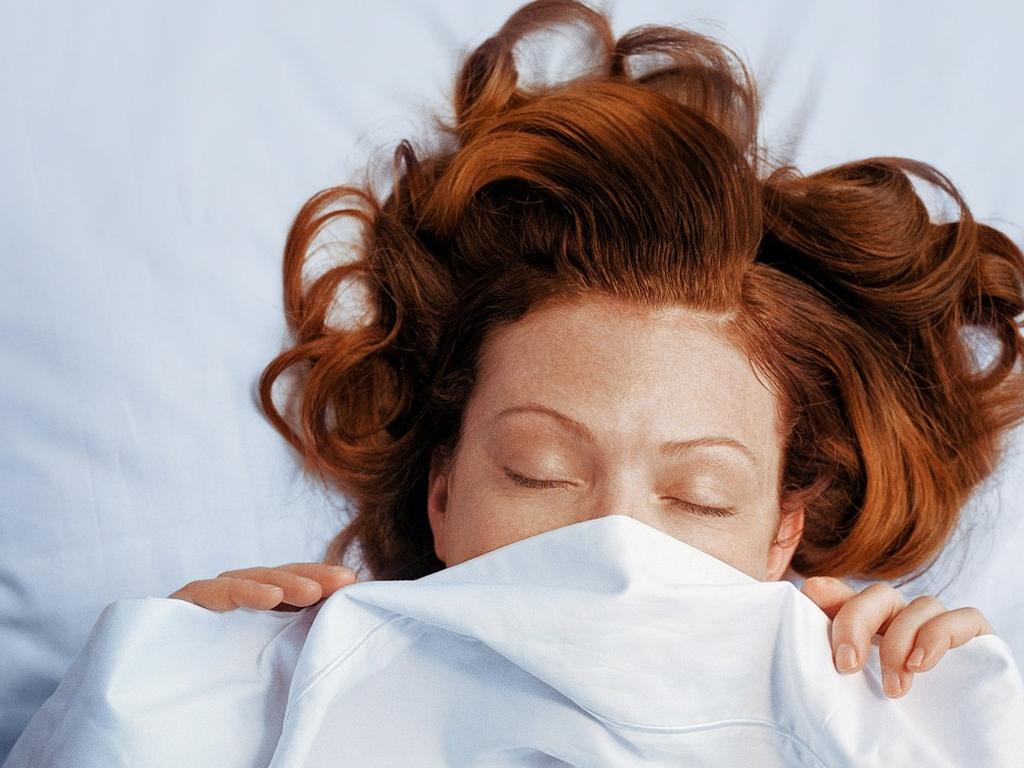

To join the conversation, please log in. Don't have an account? Register
Join the conversation, you are commenting as Logout